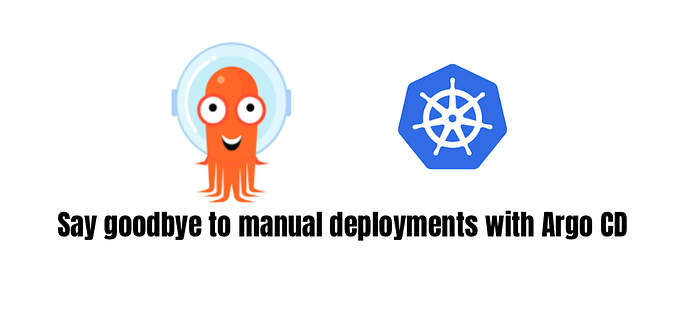Helm (Part-1): How to create a Helm chart

- Install Helm: The first step is to ensure that you have Helm installed on your machine. Helm is a package manager for Kubernetes that helps you define, install, and manage Kubernetes applications. You can download and install Helm from the official website: https://helm.sh/docs/intro/install/
2. Create a new Chart: Once you have installed Helm, you can create a new chart by running the following command:
helm create <chart-name>This will create a new chart directory with the specified name in your current working directory.
3. Define the chart metadata: The chart metadata file (Chart.yaml) is where you define the basic information about your chart, such as its name, version, and description. You can open this file and modify it as per your requirements.
4. Create Kubernetes resources: In the templates/ directory, you can create YAML files that define the Kubernetes resources that your chart will create. For example, you can create a deployment.yaml file to define a deployment, a service.yaml file to define a service, and so on.
5. Use Helm values: Helm allows you to parameterize your chart using values. You can define default values in the values.yaml file and override them at installation time. For example, you can define the number of replicas in the values.yaml file and override it when you install the chart.
6. Validate the chart: Helm provides a lint command that can help you validate your chart and catch common errors. You can run the following command to lint your chart:
helm lint <chart-directory>7. Package the chart: Once you have created and validated your chart, you can package it into a .tgz file that can be distributed and installed. You can run the following command to package your chart:
helm package <chart-directory>8. Distribute the chart: You can distribute your chart by hosting it on a chart repository or sharing the .tgz file with your team.
9. Install the chart: To install the chart, you can run the following command:
helm install <release-name> <chart-directory>This will install the chart and create a release with the specified name.
That’s it! These are the basic steps to create a Helm chart. Of course, there are many more features and options available in Helm, but this should give you a good starting point.










